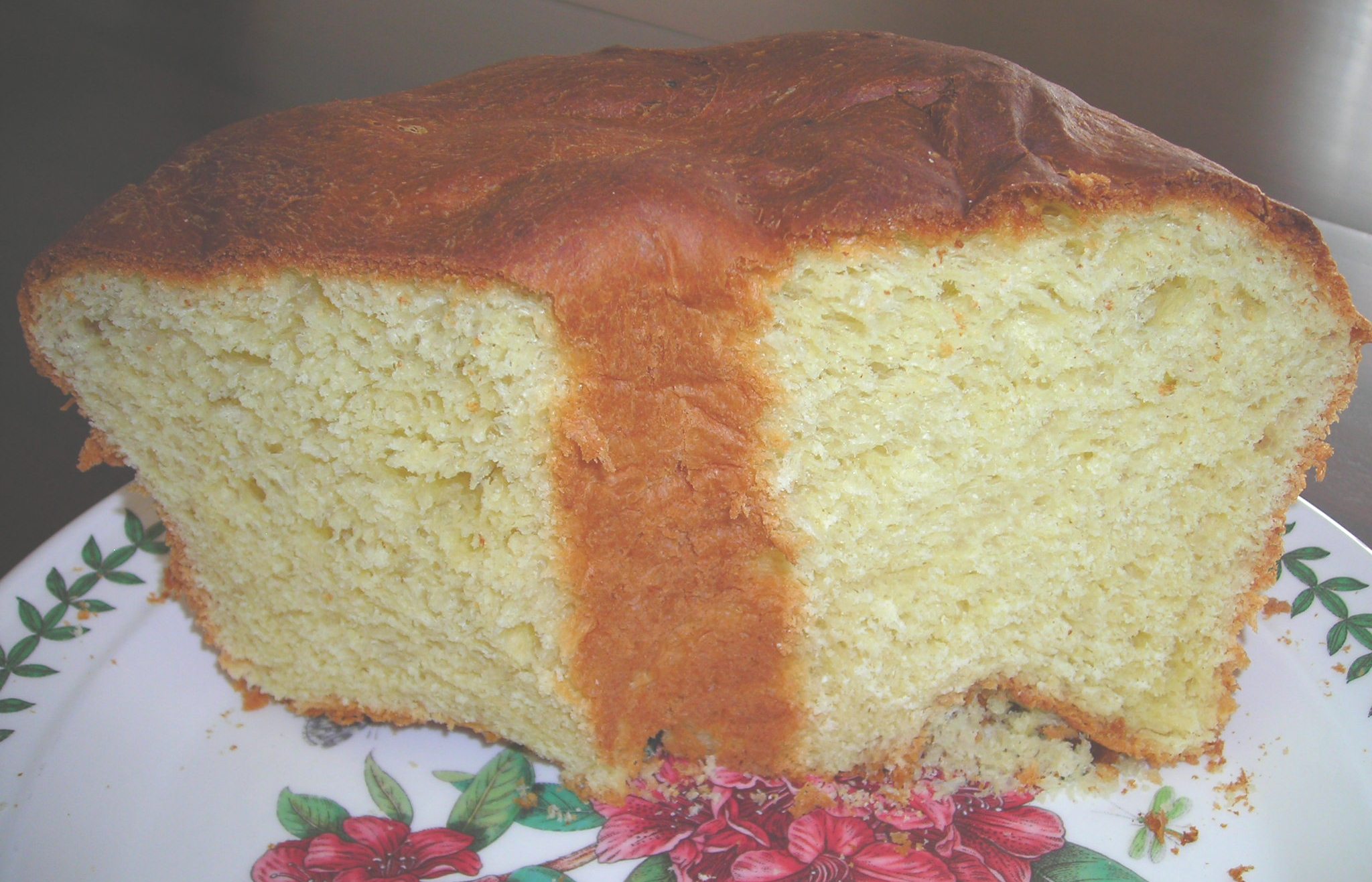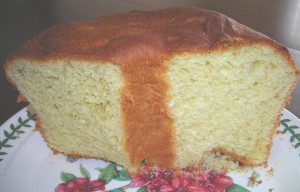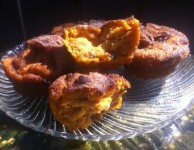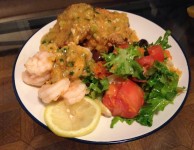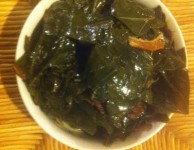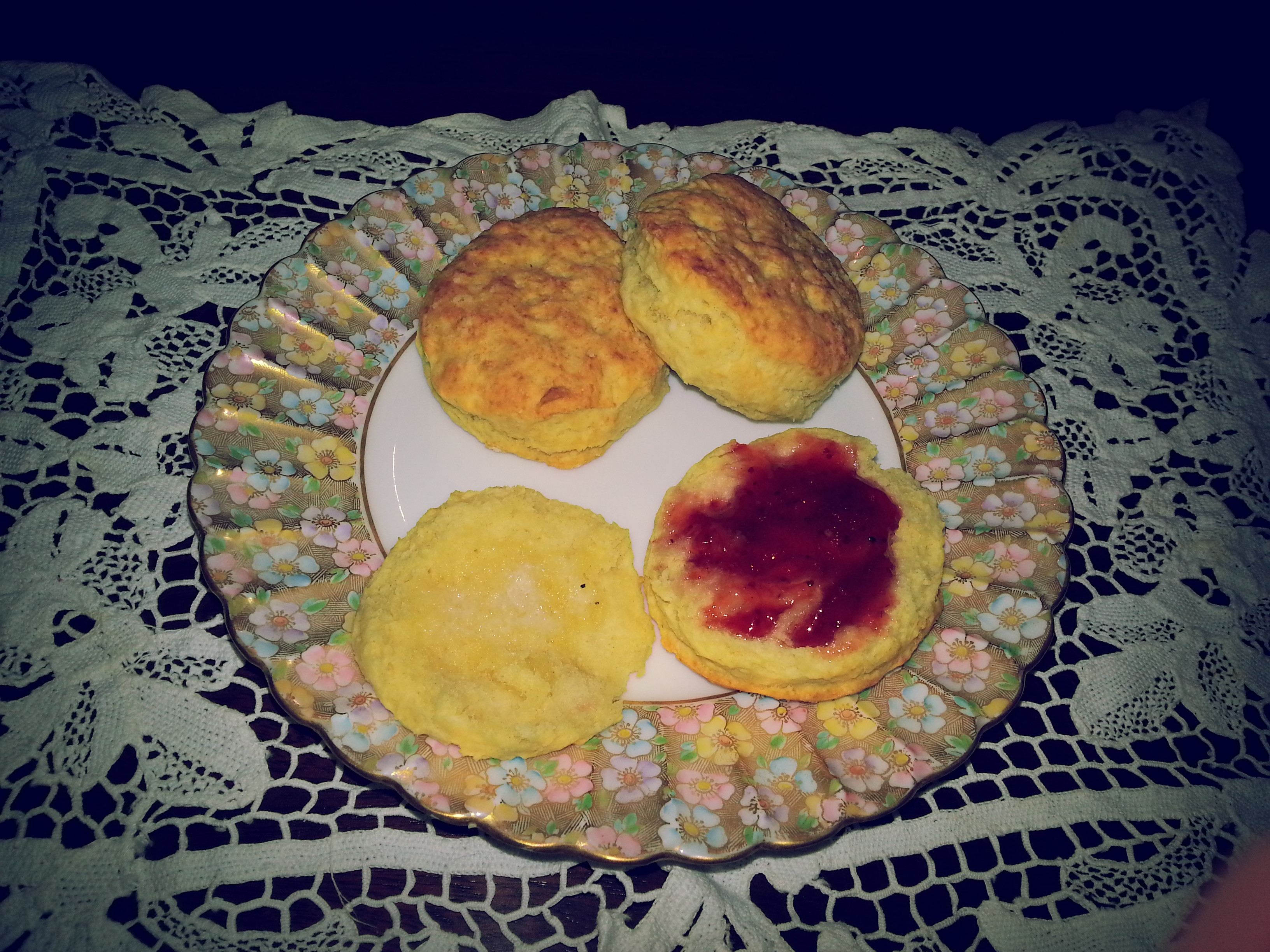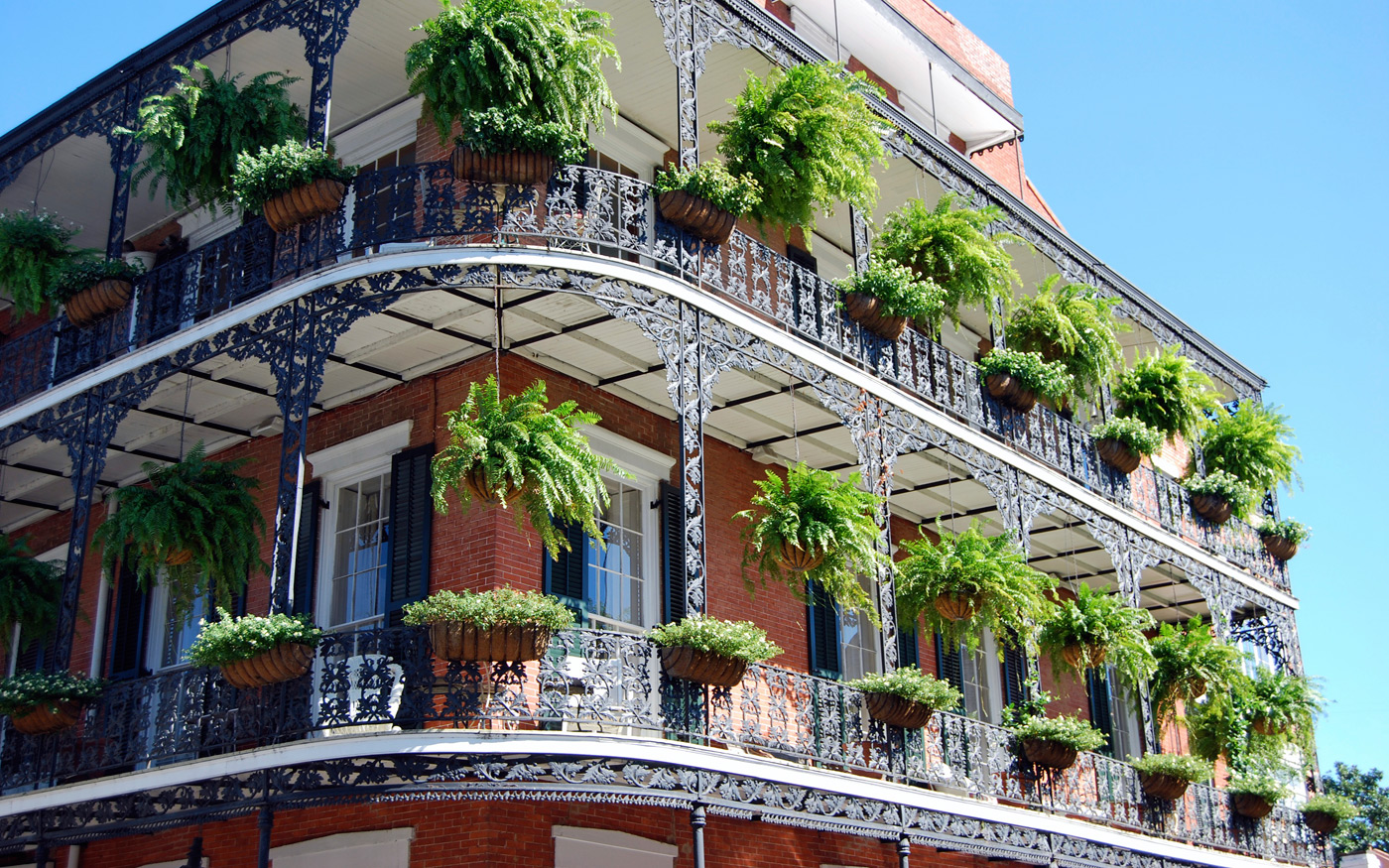Is Sally Lunn a Bread or a Cake?
It’s generally baked in a tube pan. It looks like a pound cake, but it’s lighter than air. It’s a bread, not a cake. Yet it’s sweeter and softer than most yeast breads.
No one knows for sure if the superb baker who created this bread was actually named Sally Lunn. Some say the name came from garbled French.
Legend has it that French Huguenots fleeing persecution in France came to England in the 1680s where they made “soleil et lune” cakes. “Sun and moon” described the crusty colored top (sun) and the contrasting white interior (moon) of these breads.
Others say a real woman named Solange Luyon, a French pastry chef in Bath, England, made and sold these cakes for more than thirty years in the 1700s.
Whatever the origin, Sally Lunn traveled across the Atlantic to the Southern colonies. The Williamsburg Art of Cookery, published in 1742, contains a recipe for Sally Lunn muffins. Miss Parloa’s New Cook Book, published in Boston in 1888, doesn’t mention it.
In New Orleans, Creole Cookery, edited by the Christian Woman’s Exchange, and Lafcadio Hearn’s Creole Cook Book, both published in 1885, feature Sally Lunn. Hearn praises the bread: “This is a never-failing recipe and has been much liked.” He explains at some length that it must be started at night if it’s to be served for breakfast. “If you wish it for tea, make it up five hours beforehand, having set the yeast to rise after breakfast.”
Some years later, The Picayune’s Creole Cook Book (1901) suggested that the cook in a hurry could substitute three teaspoons of baking powder for the yeast, mix the dough and bake it immediately.
My preferred recipe is adapted from Beard on Bread (Knopf, 1973) by James Beard. The process is time-consuming because Sally Lunn requires two risings, but the resulting bread is so delicious you won’t believe you made it yourself.
INGREDIENTS:
1 package active dry yeast
1/3 cup sugar
½ cup warm water
½ cup lukewarm milk (do not boil)
1 stick butter (8 tablespoons) melted in the milk
1 teaspoon salt
3 eggs at room temperature
3 ¾ to 4 cups all-purpose flour
STEP BY STEP:
1) Combine the yeast, sugar and warm water in a mixing bowl and allow to rest for five minutes.
2) Melt butter over low heat in the milk. Add salt and add to yeast mixture.
3) Add the eggs one at a time and stir well with a wooden spoon.
4) Add the flour in small amounts and beat well after each addition.
5) Add up to 4 cups of flour until the batter is stiff, but workable.
6) Cover the bowl with a clean cloth and let the batter rise until it is doubled in size. (This takes approximately 2 hours.)
7) Beat dough down with a wooden spoon for about 1 minute.
8) Arrange dough in a well-greased 9- or 10-inch tube pan.
9) Cover with a cloth and let rise until the dough reaches the top of the pan. (This takes approximately 2 to 2 ½ hours.)
10) Bake in a preheated 375-degree oven for 45 to 50 minutes. When the bread is golden brown and sounds hollow when you tap it with your knuckles, it is ready.
11) Invert on a rack to cool or serve warm. It’s possible to cut the cool bread into slices with a serrated knife. If serving hot, pull apart with your hands. Serve with sweet butter and preserves.

